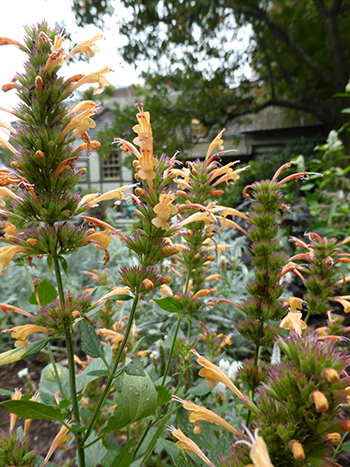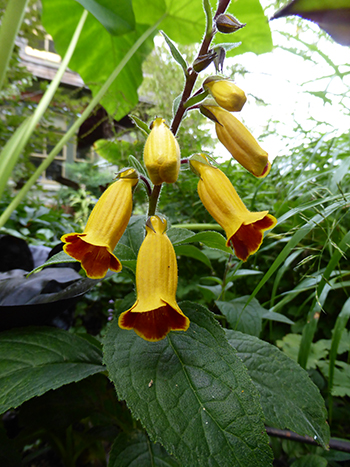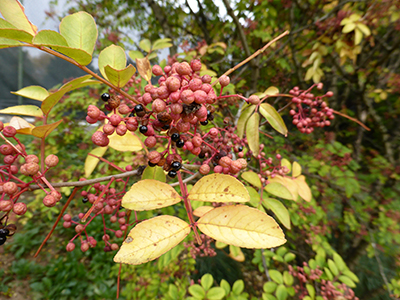Plants of the Week: October 6
 Agastache ‘Kudos Gold’, a new color in the KudosTM series from Terra Nova Nurseries, has performed remarkably well this season, living up to the hype by offering a long bloom time on full, compact plants. Dwarf hummingbird mint begins blooming in late May and continues until frost. It is suggested to shear plants back to encourage continuous bloom, but I found this unnecessary. Site in well-draining, loose soils, as Agastache often fails to return if planted in wet, heavy soils. Photo credit: J.Coceano
Agastache ‘Kudos Gold’, a new color in the KudosTM series from Terra Nova Nurseries, has performed remarkably well this season, living up to the hype by offering a long bloom time on full, compact plants. Dwarf hummingbird mint begins blooming in late May and continues until frost. It is suggested to shear plants back to encourage continuous bloom, but I found this unnecessary. Site in well-draining, loose soils, as Agastache often fails to return if planted in wet, heavy soils. Photo credit: J.Coceano
Garden location: Entrance Garden.
From the Plant Delights Nursery, Inc. website: “Don’t bother to look Titanotrichum oldhamii up, ’cause you won’t find it…except in the tropical books where it’s a Zone 9 plant. From China, via our friend, Ozzie Johnson, comes this remarkably hardy gesneriad (African violet cousin). It was great to finally see it in Taiwan in 2008, where it clung to nearly vertical rock cliffs. The fuzzy basal leaves make a nice small clump to 12″ wide which, in September and October, is topped with 1′ spikes of dramatic, golden yellow bells with vivid, cinnamon-red centers. One look at a flowering Titanotrichum oldhamii will bring you to your knees faster than a passing pope…I promise! Titanotrichum oldhamii has survived 0 degrees F in our garden with good winter drainage.”
Being the second year, I can attest to the hardiness of the plant. Provide shade as the leaves are prone to sunburn. Photo credit: J.Coceano
Garden location: Terry Shane Teaching Garden
Zanthoxylum simulans, or Chinese prickly ash, is a deciduous tree in the rue or citrus family (Rutaceae). The plant is perhaps best known for the fruits and black seeds. Seeds provide a pepper flavor, said to be stronger than black pepper, and is an ingredient in the famous Chinese “five spice” mixture.
The roots and bark of the North American counterpart, Zanthoxylum americanum, was used by Native American tribes to cure a bevy of ailments including fever, coughs, gonorrhea, rheumatism, and external wounds. Chewing the bark or fruits results in a numbing sensation of the mouth lending to the common name of toothache tree. Photo credit: J. Coceano
Garden location: near the Faulkner Tennis Courts







No Comments